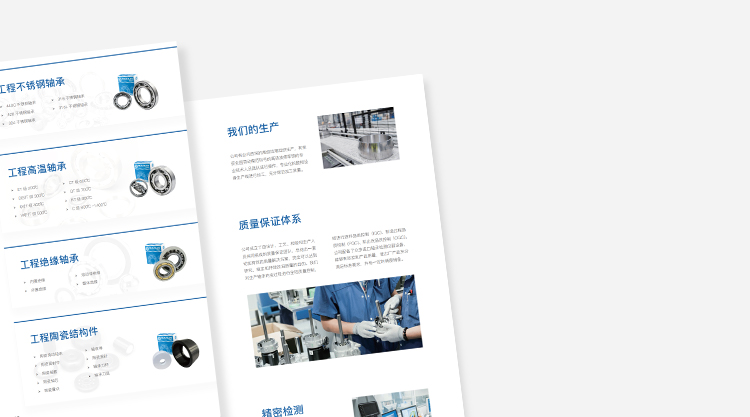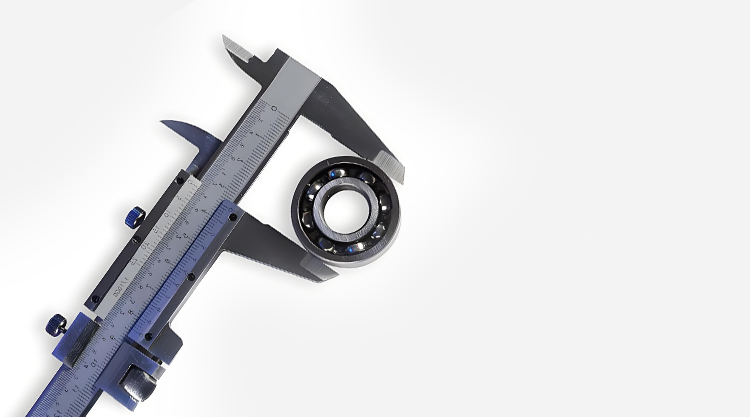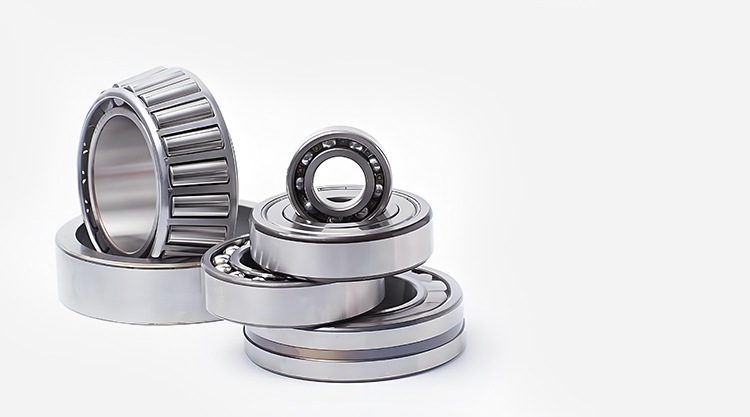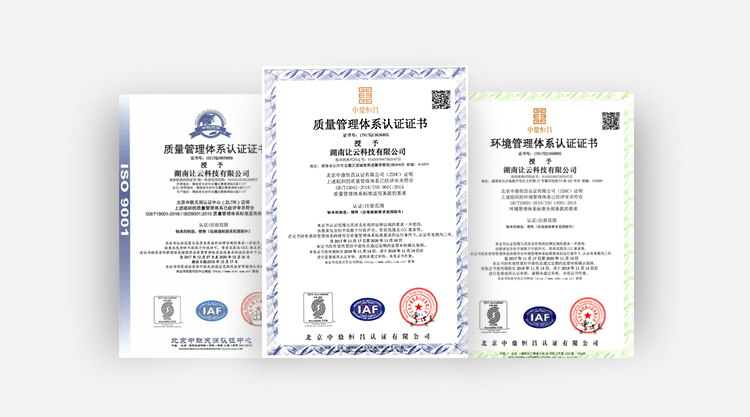Complete Guide to Bearing Authenticity Identification
Complete Guide to Bearing Authenticity Identification
In industrial equipment, bearings, as core components, directly affect the performance and lifespan of the equipment. However, the market is flooded with counterfeit bearings, causing significant economic losses and even safety hazards to users.
I. Common Bearing Fraud Methods and Their Harm
According to market research, counterfeit bearings circulate mainly through the following 8 methods:
| Material Fraud | Using iron or low-carbon steel to replace bearing steel, resulting in insufficient hardness |
|---|---|
| Counterfeit Packaging | Marking bearings from small manufacturers with brands like SKF, NSK, etc., and forging certificates and anti-counterfeit labels |
| Adulteration Sales | Mixing inferior products with genuine ones to attract customers at a low price |
| Refurbished Old Parts | Used bearings repaired and sold as new, with significantly reduced precision and lifespan |
| False Grade | Ordinary bearings marked as high-precision D grade or P5 grade |
| Channel Fraud | Impersonating brand agents or direct factory stores to sell counterfeits |
| Price Trap | Counterfeits priced the same as genuine products or genuine products marked at an inflated price |
| Substitution | Providing counterfeit or genuine products based on the customer's budget |
Harm: Counterfeit bearings can cause abnormal wear, increased noise, excessive temperature rise, and even lead to equipment shutdowns, with maintenance costs reaching over 10 times the purchase cost.
II. Seven Core Methods for Bearing Authenticity Identification
1. Packaging and Label Inspection
| Packaging Printing | Genuine packaging has clear lines and distinct color blocks, such as SKF using dark blue boxes and NSK using laser anti-counterfeit labels. |
|---|---|
| Steel Stamp Technology | Genuine products have deep and small steel stamps before heat treatment, while counterfeit stamps are blurry and easy to rub off. |
2. Surface and Process Analysis
| Rust Prevention Treatment | Imported bearings have no sticky oil stains on the surface, while domestic counterfeits often have a thick oil layer and a strong rust prevention oil smell. |
|---|---|
| Chamfering Process | Genuine products have smooth, even chamfers with a gray metallic luster, while counterfeit products have rough chamfers, possibly with quenching spots. |
3. Rotation Performance Test
| Noise Detection | Turning the outer ring by hand, genuine products make no noise, while counterfeits may produce abnormal sounds due to impurities. |
|---|---|
| Wobble Test | Genuine bearings have no radial clearance, while counterfeits may show noticeable looseness. |
4. Material and Weight Comparison
Genuine bearing steel has a greenish hue, while counterfeits use inferior steel, which appears whiter and is lighter in weight.
5. Model and Specification Verification
Verify the bearing model and design parameters, such as the sealing cover structure (e.g., FAG bearings with raised sealing covers) and internal bore taper.
6. Price Reasonableness Judgment
Genuine bearings have costs constrained by materials and processes. If the price is more than 30% lower than the market price, it is important to be cautious of counterfeit risks.
7. Channel Traceability
Prefer brand-authorized distributors, ask for original factory invoices and warranties, and avoid purchasing through unregulated e-commerce platforms.
III. Authoritative Bearing Testing Agencies and Certification Services
1. Brand Official Testing
Brands like SKF, NSK, FAG offer product serial number queries and technical identification services, which can be applied for through their official websites.
2. Third-Party Quality Inspection Agencies
| National Bearing Quality Supervision and Inspection Center | Certified by CNAS, capable of performing life tests, material composition analysis, and other professional tests |
|---|---|
| SGS Testing | Provides full project testing reports including bearing size accuracy, hardness, and metallographic structure |
3. Industry Certification Platforms
For example, the “AAA-Level Integrity Supplier” certified by the China Bearing Industry Association, where you can check the qualifications and product compliance of companies.
IV. Anti-Counterfeiting Technology Trends and Suggestions
| Smart Anti-Counterfeiting | Some brands have introduced RFID chips or QR code traceability systems, allowing users to verify authenticity through smartphone scanning. |
|---|---|
| Procurement Strategy | Establish a supplier blacklist system, regularly inspect samples, and prioritize cooperation with ISO 9001 certified manufacturers. |
| Legal Rights Protection | Retain evidence after discovering counterfeit goods, report to market regulators, and seek compensation. |
This article combines industry-authoritative information and testing experience to systematically outline bearing authenticity identification methods, common fraud practices, and testing agency information to help users avoid risks. If you would like to learn more about bearing system solutions, feel free to contact us. Nationwide hotline: 4006-808-505, Industry bearing technician: Manager Li: 13657445999.
Let Cloud Technology’s passion for innovation burn endlessly, offering free knowledge and technical services about materials suited to bearing working conditions, making bearing life more scientific. Let Cloud Technology make bearing movements more scientific.
-
1、更多服务
- Bearing Selection Guide
- Complete Guide to Bearing Repair: Methods, Materials, and Equipment
- Bearing New Product Development: Process and Strategy
- Bearing Brand Selection Guide
- Bearing Training Services
- Bearing Material Selection: Comprehensive Analysis and Optimization Guide
- Complete Guide to Bearing Authenticity Identification
- Bearing Installation Methods and Techniques
- Bearing OEM outsourcing service system
- Customized Bearing System Solutions: Design, Components, and Solutions




